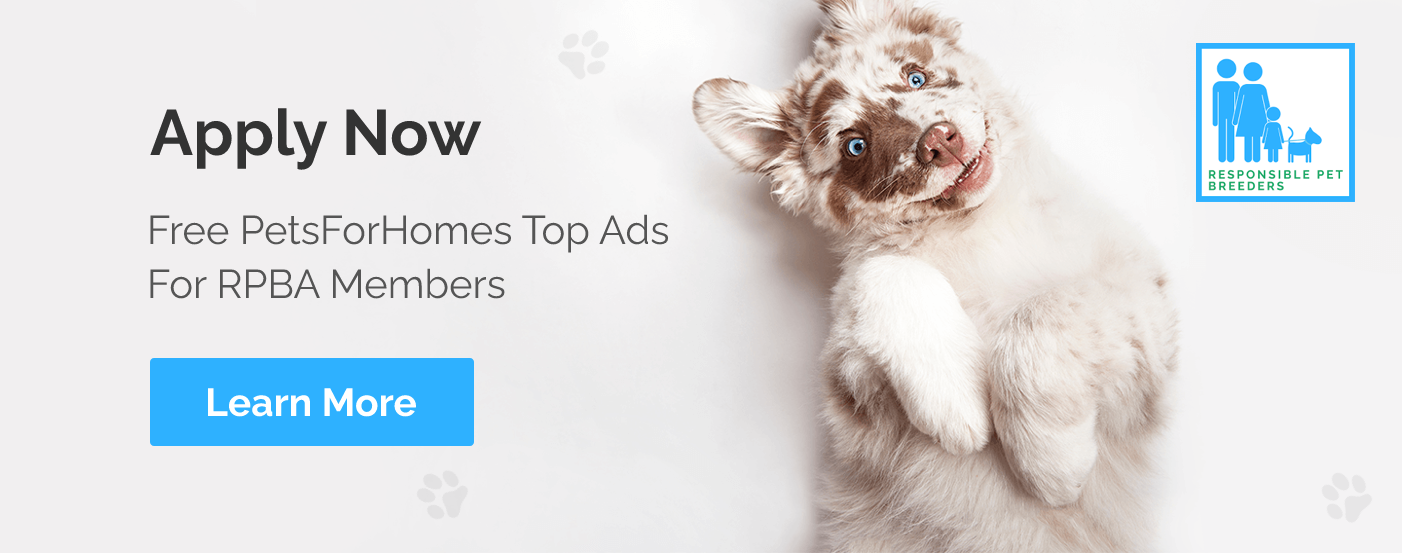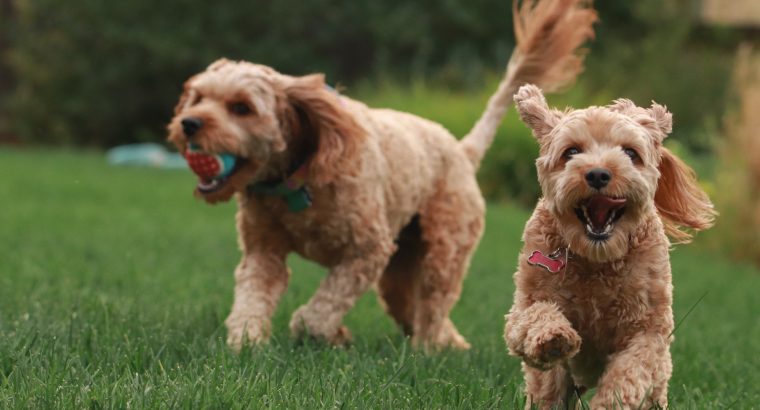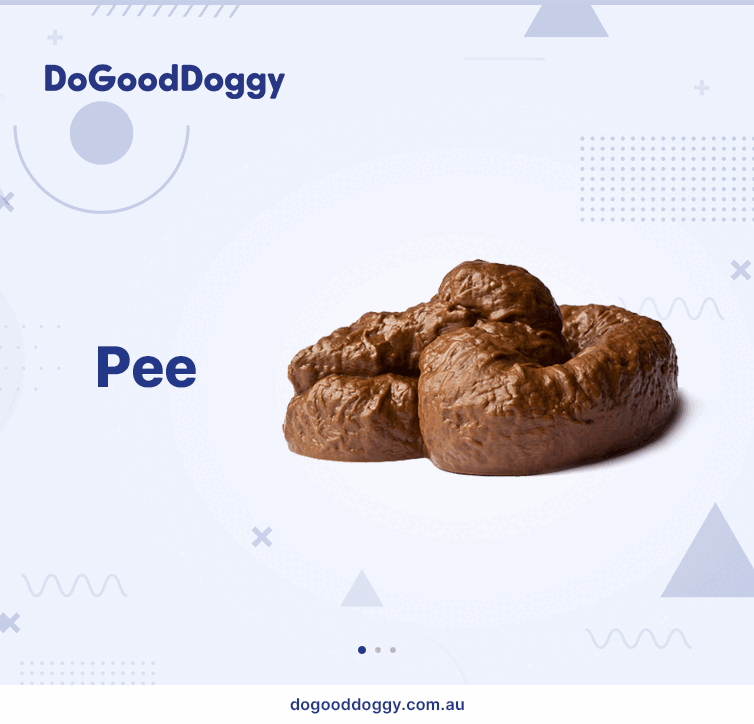Hip Dysplasia and Elbow Dysplasia
Hip and elbow dysplasia are not just medical terms; they’re concerns that affect the health and happiness for many of our furry companions. These conditions, affecting the hip and elbow joints, can significantly impact a dog’s quality of life. As passionate advocates for pet welfare, we at PetsForHomes want to guide you through understanding these conditions, spotting the warning signs, and taking actionable steps to manage or prevent them.
Background of Hip Dysplasia and Elbow Dysplasia: Causes and Risk Factors
The Genetic Puzzle
At the core of hip and elbow dysplasia lies a genetic predisposition. Certain breeds are more susceptible, like German Shepherds, Labradors, and Golden Retrievers, but no breed is entirely immune. The dysplasia results from an improper development of the joint, leading to a laxity that causes the bones to move in ways they shouldn’t. It’s a hereditary issue, but not exclusively so.
Environmental and Developmental Influences
The environment plays a significant role too. Factors like rapid weight gain, improper nutrition, and excessive or inadequate exercise during a puppy’s growth phase can exacerbate the risk. A well-balanced diet and appropriate exercise are not just good practices; they’re preventative measures.
Symptoms and Diagnosis
Recognizing the Red Flags
Spotting the early signs of dysplasia can be challenging, as they often mimic other conditions. However, some common symptoms include:
- Difficulty standing up or lying down
- Reluctance to jump, run, or climb stairs
- A noticeable limp or unusual gait
- Audible clicking sounds from the joints
- Pain and stiffness, particularly in the morning or after resting
The Road to Diagnosis
Diagnosing hip and elbow dysplasia requires a combination of physical examination and imaging. Veterinarians typically start with a thorough physical exam, feeling for abnormalities in the joint’s movement and checking for signs of pain or discomfort.
X-rays are the next step, providing a clear image of the joint’s condition. In some cases, more advanced imaging like CT scans or MRIs might be necessary. It’s important to remember that early diagnosis can make a significant difference in treatment effectiveness.
Treatment Options
The Spectrum of Care
Treatment for hip and elbow dysplasia varies based on the severity of the condition and the dog’s overall health. Options range from conservative management to surgical intervention.
Lifestyle Changes and Physiotherapy: For milder cases, weight management, physiotherapy, and controlled exercise can help. These methods aim to strengthen the muscles around the joint, reducing strain and improving mobility.
Medication: Pain relief is crucial. Nonsteroidal anti-inflammatory drugs (NSAIDs) are often prescribed to manage pain and inflammation.
Surgical Options: In severe cases, surgery might be the best course of action. Procedures like total hip replacement or corrective osteotomy can significantly improve quality of life.
Prevention: Steps for Healthier Joints
Breeding Responsibility
Responsible breeding practices are paramount. Prospective dog owners should seek breeders who conduct genetic screenings and prioritise the health of their breeding dogs. It’s not just about avoiding the condition; it’s about promoting overall genetic health.
Nurturing a Healthy Lifestyle
For owners, maintaining your dog’s ideal weight and providing balanced nutrition are key preventive measures. Regular, appropriate exercise helps strengthen the muscles and ligaments around the joints.
Regular Veterinary Check-ups
Early detection can’t be emphasised enough. Regular vet visits allow for early intervention, which can slow or even prevent the progression of dysplasia.
Conclusion
Hip hysplasia and elbow dysplasia in dogs are complex conditions, but understanding and proactive care can make a world of difference. As pet owners, our role is to provide the best possible care, informed by knowledge and empathy. By recognizing the signs, seeking timely veterinary care, and embracing preventive measures, we can ensure our canine companions live happier, healthier lives.
Note: This article provides a general overview and should not replace professional veterinary advice. Always consult with your veterinarian for the best care for your pet.







